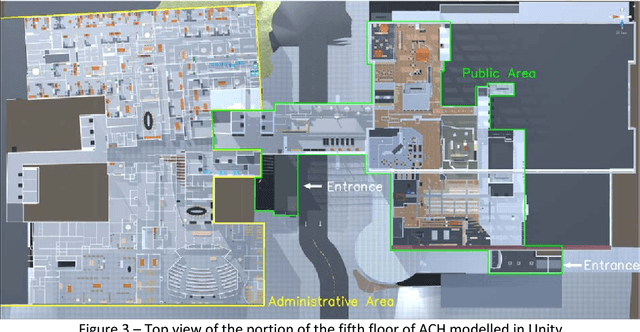Robert Amor
Using Large Language Models for the Interpretation of Building Regulations
Jul 26, 2024



Abstract:Compliance checking is an essential part of a construction project. The recent rapid uptake of building information models (BIM) in the construction industry has created more opportunities for automated compliance checking (ACC). BIM enables sharing of digital building design data that can be used for compliance checking with legal requirements, which are conventionally conveyed in natural language and not intended for machine processing. Creating a computable representation of legal requirements suitable for ACC is complex, costly, and time-consuming. Large language models (LLMs) such as the generative pre-trained transformers (GPT), GPT-3.5 and GPT-4, powering OpenAI's ChatGPT, can generate logically coherent text and source code responding to user prompts. This capability could be used to automate the conversion of building regulations into a semantic and computable representation. This paper evaluates the performance of LLMs in translating building regulations into LegalRuleML in a few-shot learning setup. By providing GPT-3.5 with only a few example translations, it can learn the basic structure of the format. Using a system prompt, we further specify the LegalRuleML representation and explore the existence of expert domain knowledge in the model. Such domain knowledge might be ingrained in GPT-3.5 through the broad pre-training but needs to be brought forth by careful contextualisation. Finally, we investigate whether strategies such as chain-of-thought reasoning and self-consistency could apply to this use case. As LLMs become more sophisticated, the increased common sense, logical coherence, and means to domain adaptation can significantly support ACC, leading to more efficient and effective checking processes.
Prototyping Virtual Reality Serious Games for Building Earthquake Preparedness: The Auckland City Hospital Case Study
Feb 26, 2018



Abstract:Enhancing evacuee safety is a key factor in reducing the number of injuries and deaths that result from earthquakes. One way this can be achieved is by training occupants. Virtual Reality (VR) and Serious Games (SGs), represent novel techniques that may overcome the limitations of traditional training approaches. VR and SGs have been examined in the fire emergency context, however, their application to earthquake preparedness has not yet been extensively examined. We provide a theoretical discussion of the advantages and limitations of using VR SGs to investigate how building occupants behave during earthquake evacuations and to train building occupants to cope with such emergencies. We explore key design components for developing a VR SG framework: (a) what features constitute an earthquake event, (b) which building types can be selected and represented within the VR environment, (c) how damage to the building can be determined and represented, (d) how non-player characters (NPC) can be designed, and (e) what level of interaction there can be between NPC and the human participants. We illustrate the above by presenting the Auckland City Hospital, New Zealand as a case study, and propose a possible VR SG training tool to enhance earthquake preparedness in public buildings.
 Add to Chrome
Add to Chrome Add to Firefox
Add to Firefox Add to Edge
Add to Edge